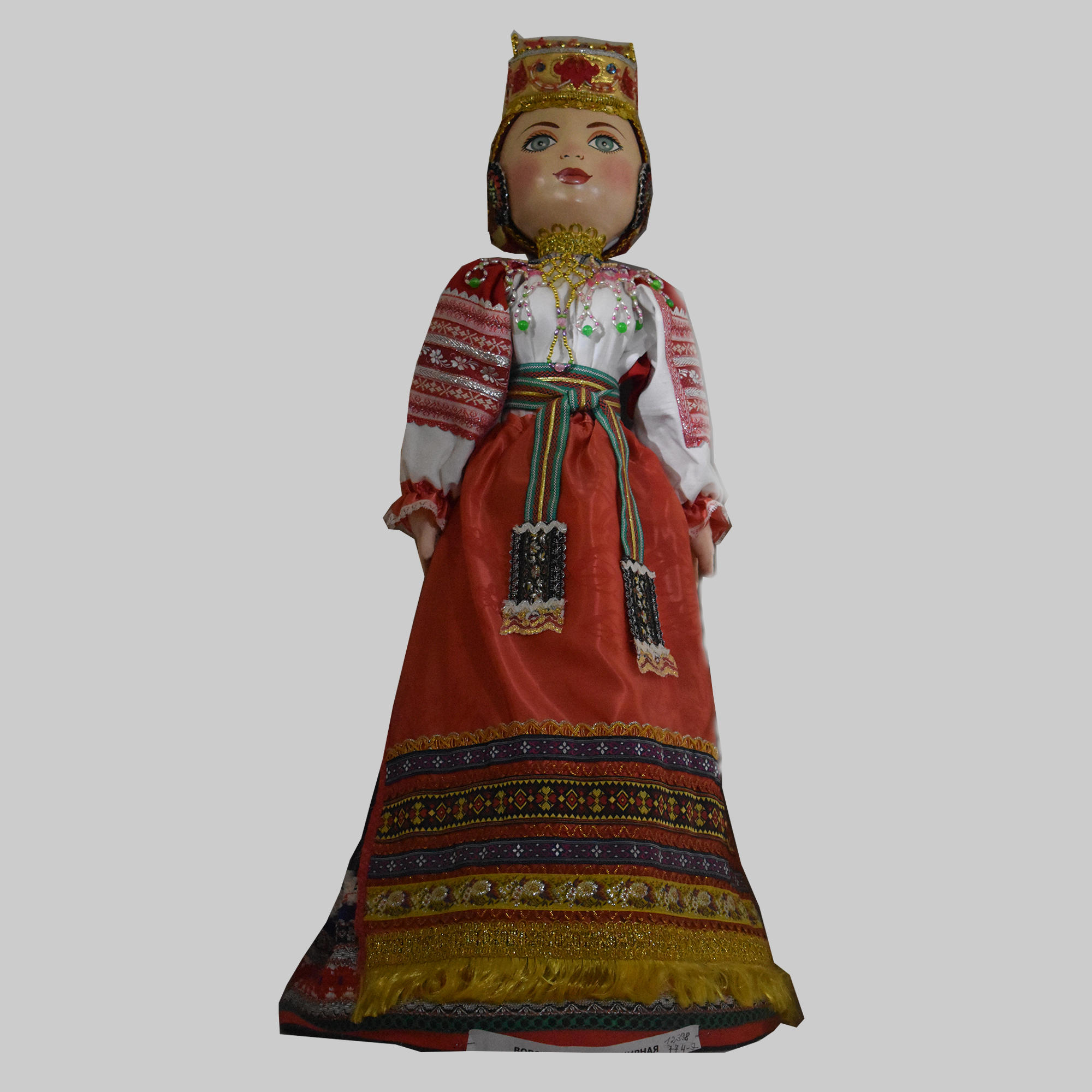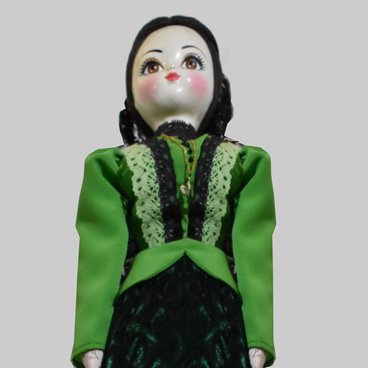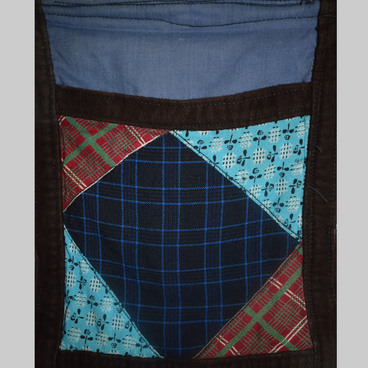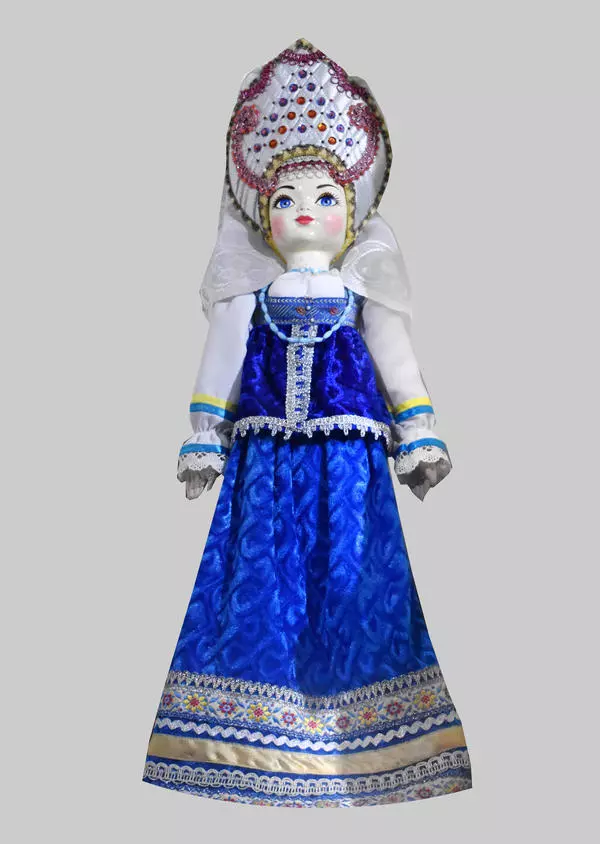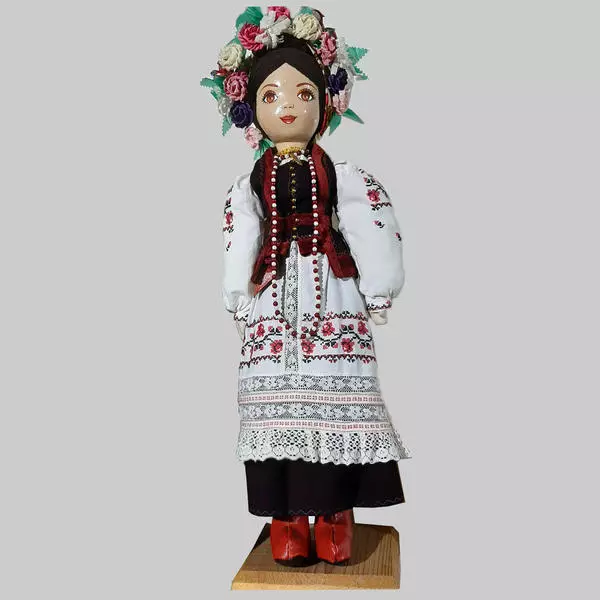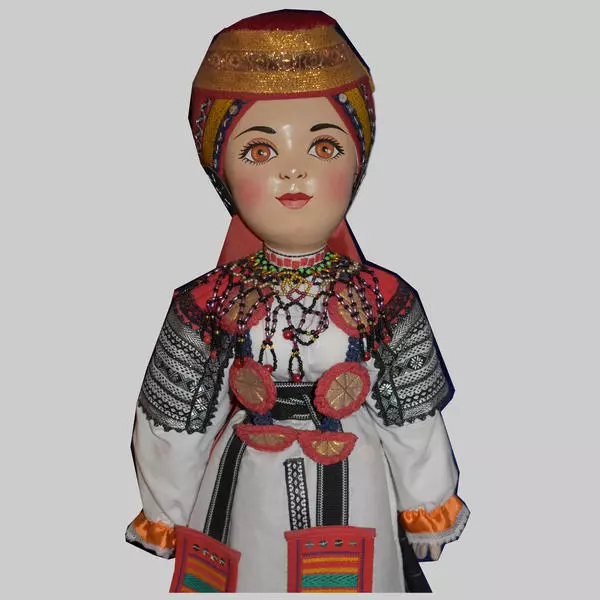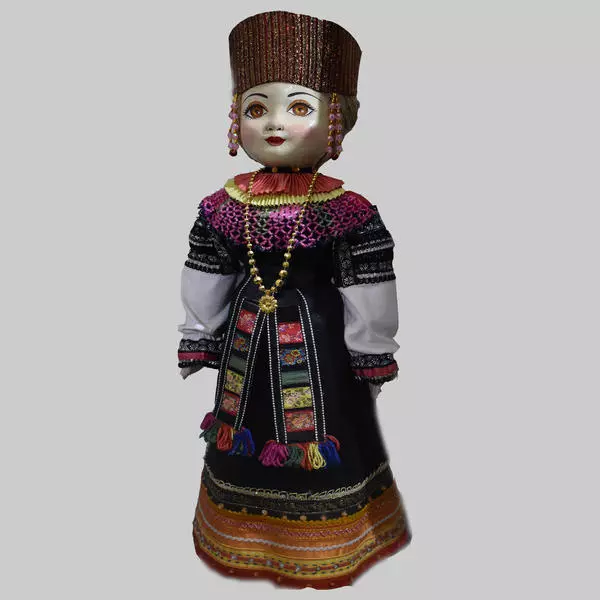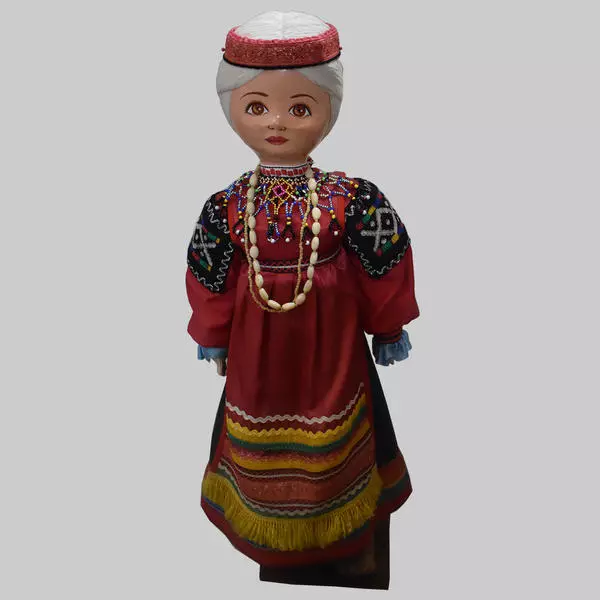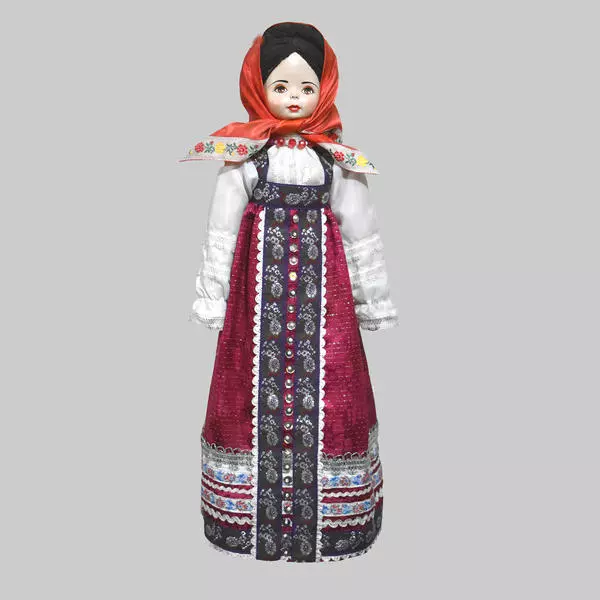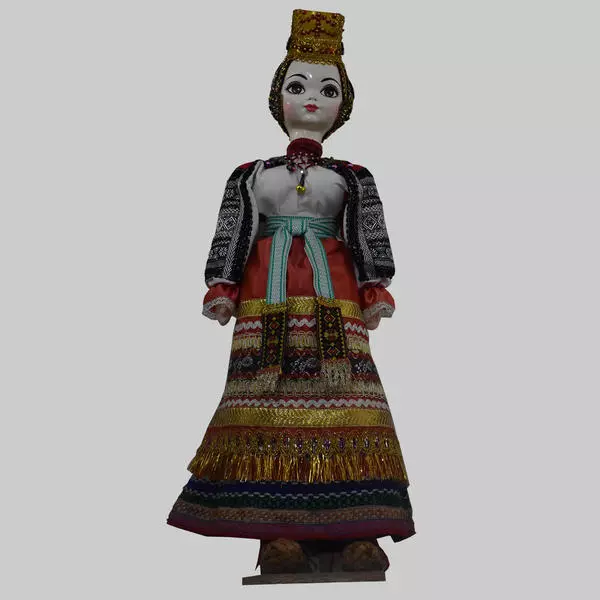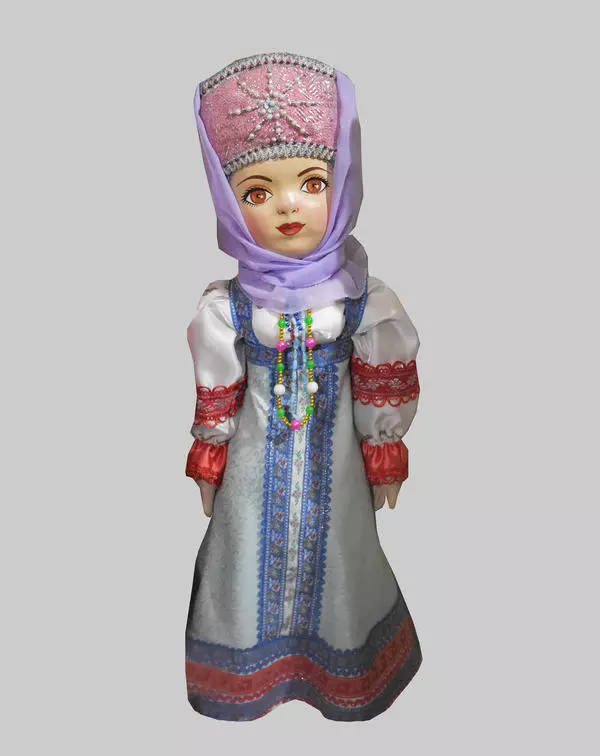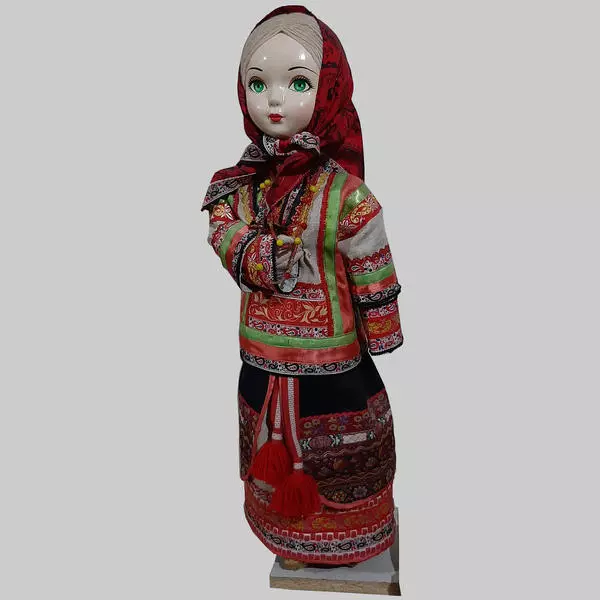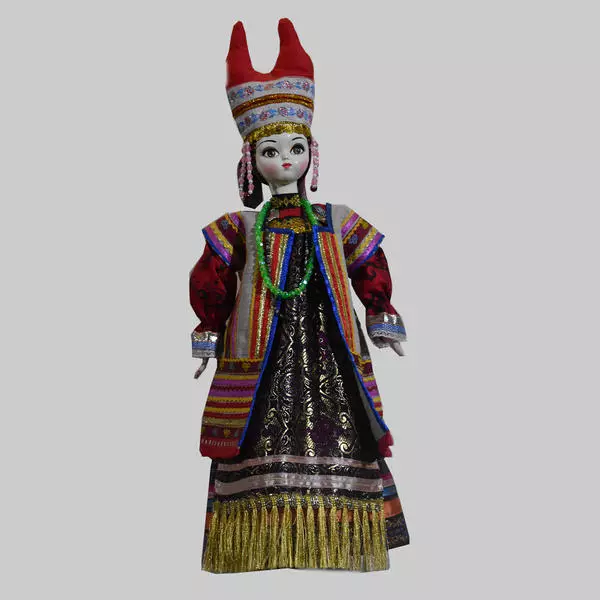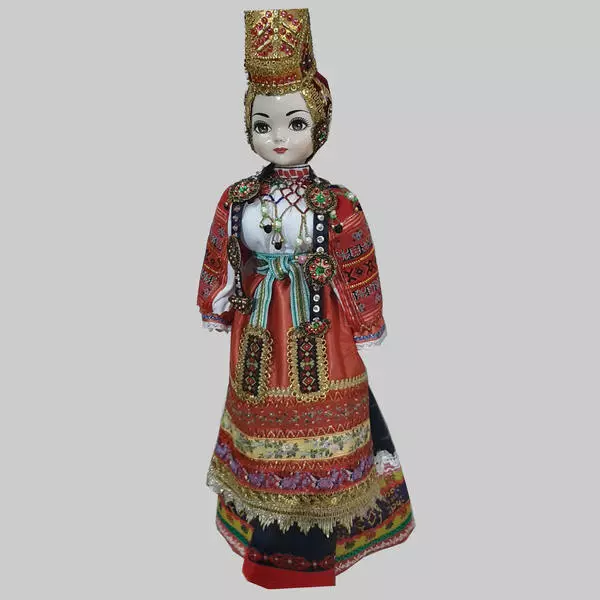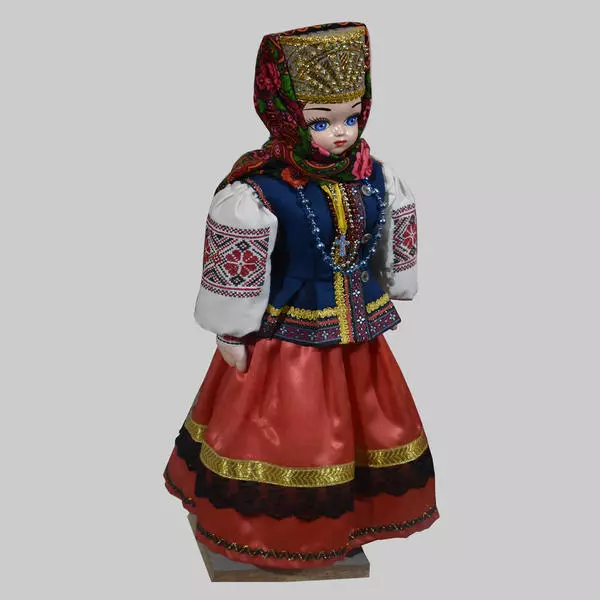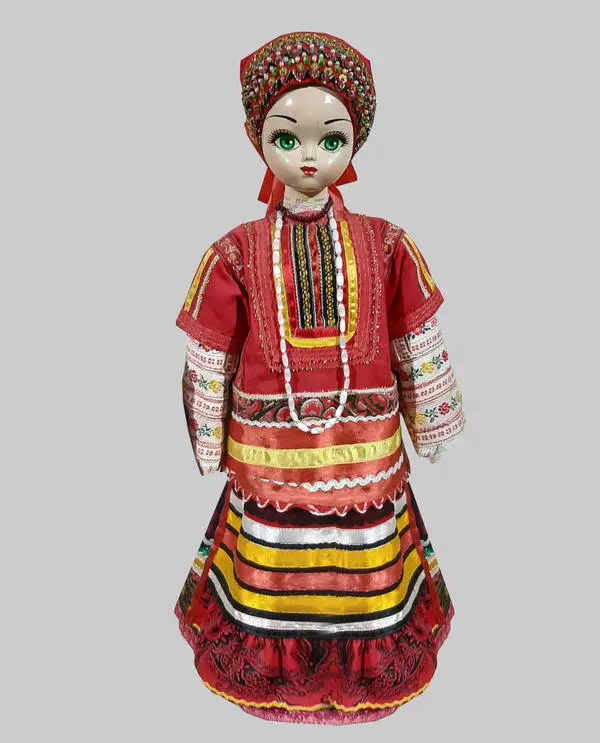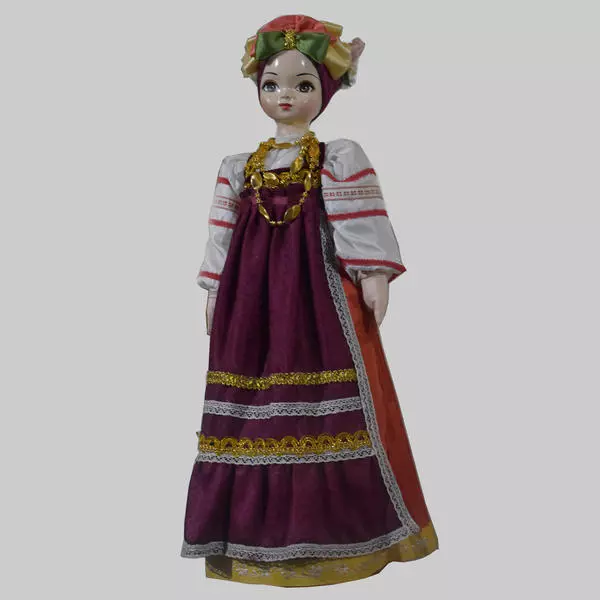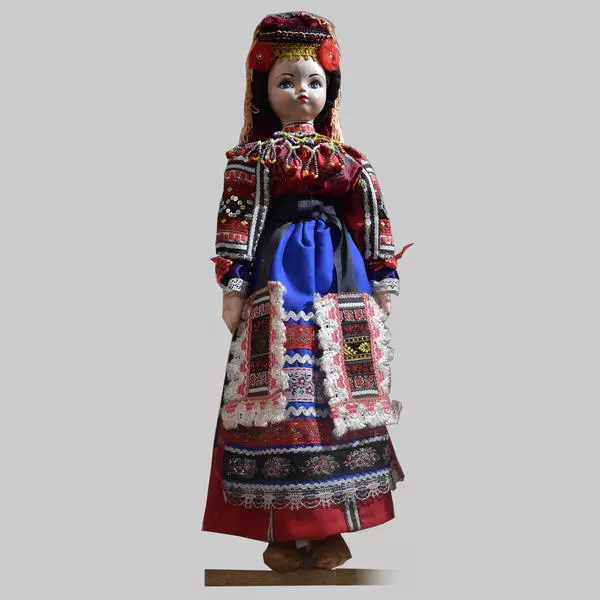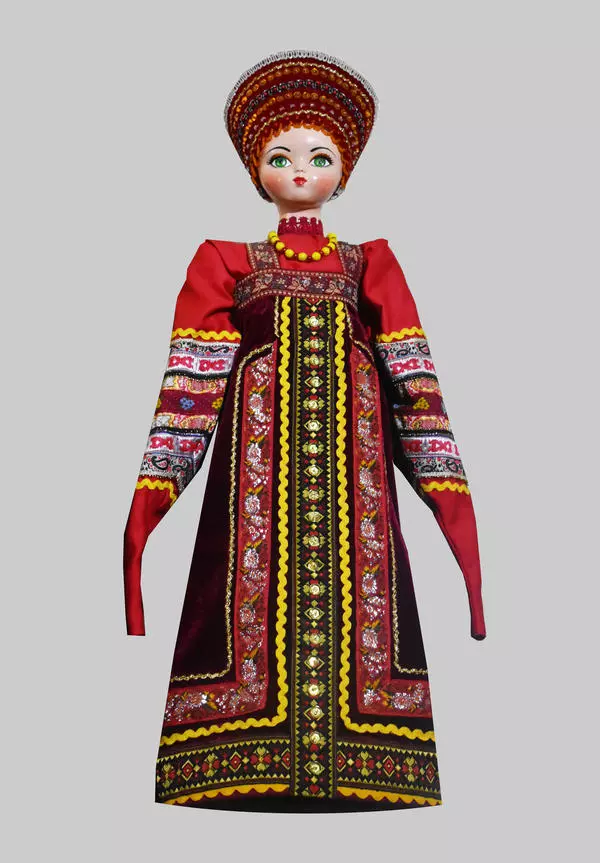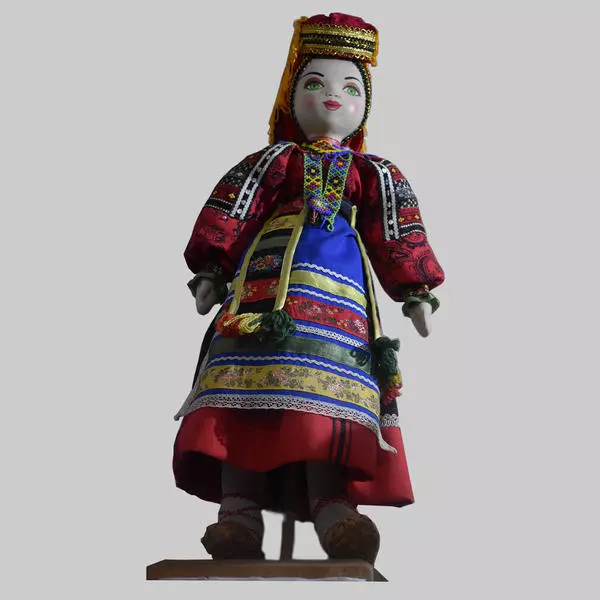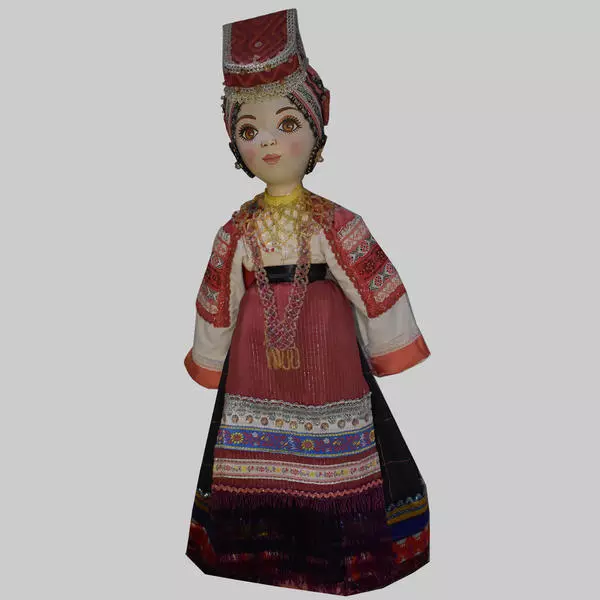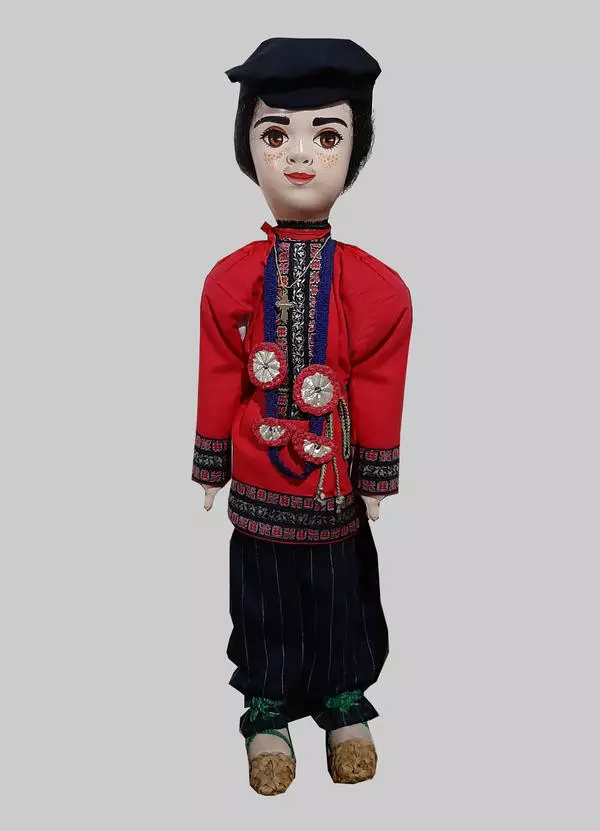For many centuries, Russia lived a peasant lifestyle. Closely connected with the earth, which nourished him, the ploughman, in many ways, was himself part of nature. His clothes completely corresponded to the specifics of his daily life.
In the Voronezh Region, we can see a lot of various versions of garments, due to the region chaotic settlement pattern. It was populated by service class people, descendants of illustrious families, emigrants from Ukraine, Streltsy and Cossacks. From the 18th century, they started granting lands to Boyar families and nobility. Peasants with big families moved in from other Russian provinces and Ukraine.
The Voronezh Province population wore costumes made from fabrics manufactured from hemp or nettle. Wool was used more rarely. Hemp was the most popular crop in this part of the country. Oil from this plant, which they started to extract much earlier that sunflower oil, was consumed everywhere in the region.
From the 17th century, mass migration of Ukrainians to the Voronezh Province started. So, despite some similarity with other regions in the South of Russia, many distinctive phenomena of artistic nature can only be observed here. They are especially evident in studies of the traditional costume specific features.
In the Voronezh Region, we can see a lot of various versions of garments, due to the region chaotic settlement pattern. It was populated by service class people, descendants of illustrious families, emigrants from Ukraine, Streltsy and Cossacks. From the 18th century, they started granting lands to Boyar families and nobility. Peasants with big families moved in from other Russian provinces and Ukraine.
For traditional costumes, the color is important, its symbolism reveals the aesthetic perception of clothes by people. Thus, clothes of inhabitants of this part of Russia always contained the white, black and red colors. Black, which symbolized the earth and tranquility, was especially popular in the Voronezh Province. We observe this color of joy and agriculture both on maiden sarafans (pinafore dress) and upper garments.
Shirt sleeves embroidered with black threads testify to the traditions dating back to high antiquity. Historians who studied this region say that this is a kind of gratitude to the black lavish earth, which, since old times, nourished the peasant and his family.
Until today, many people in the Voronezh Province keep ancient peasant garments inherited from their ancestors. Especially precious are holiday clothes with headdresses embroidered with gold. In the difficult years of famine, they were exchanged for food.
Women wore shirts elaborately embroidered with woolen threads. In most cases, embroidery was placed on the sleeves and the front, sometimes, the shirt was decorated with golden threads. On top of the shirt, a homespun woolen skirt (poneva) was worn.
